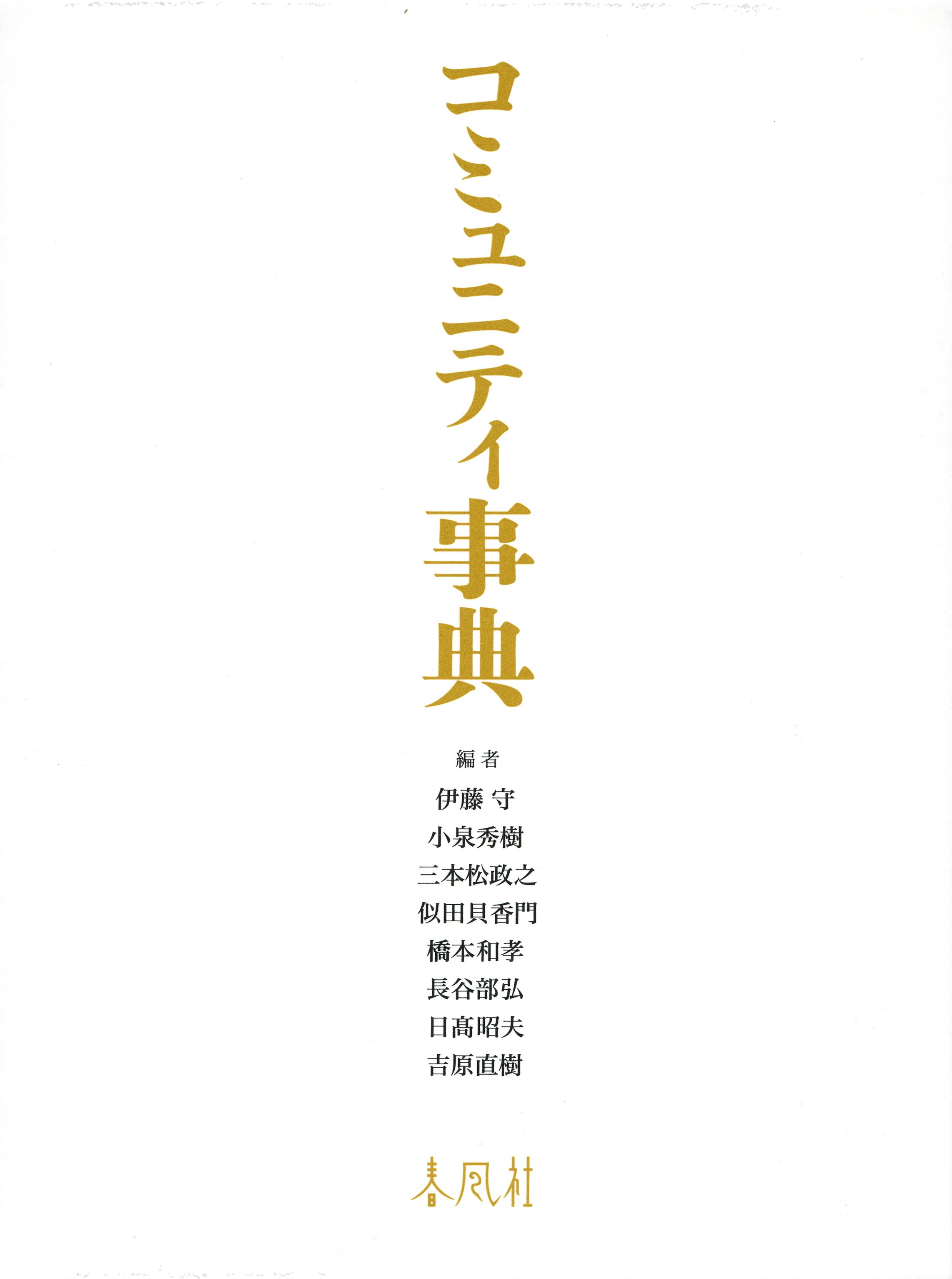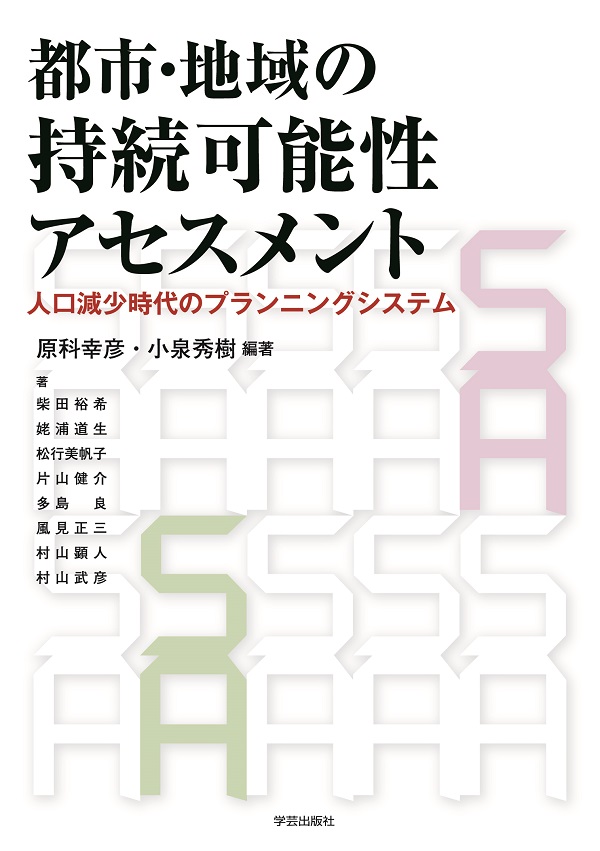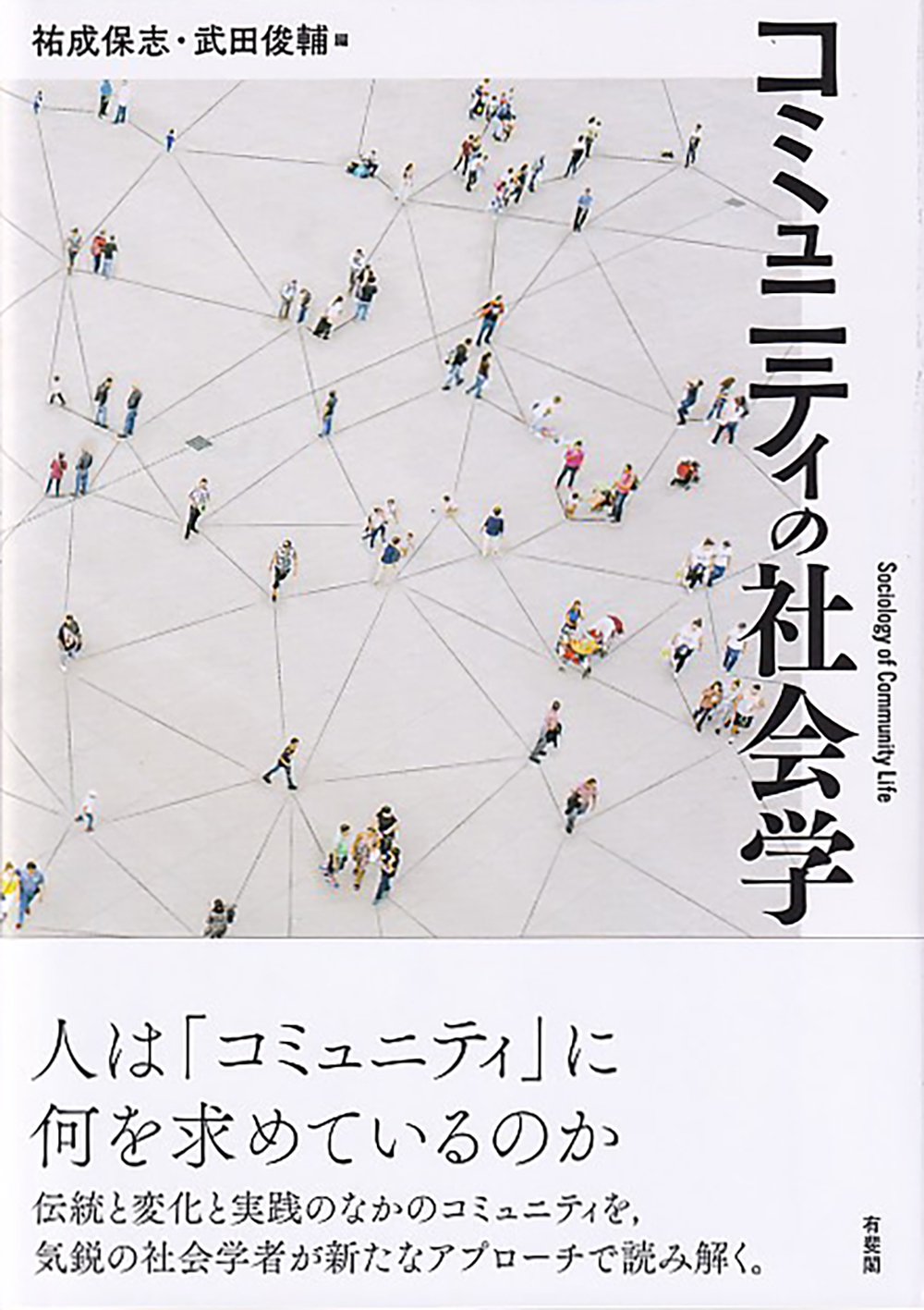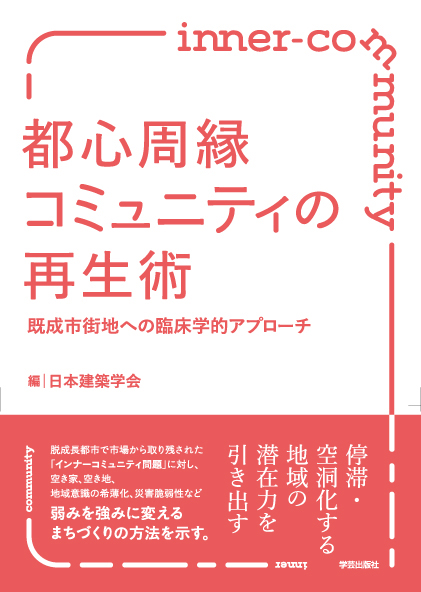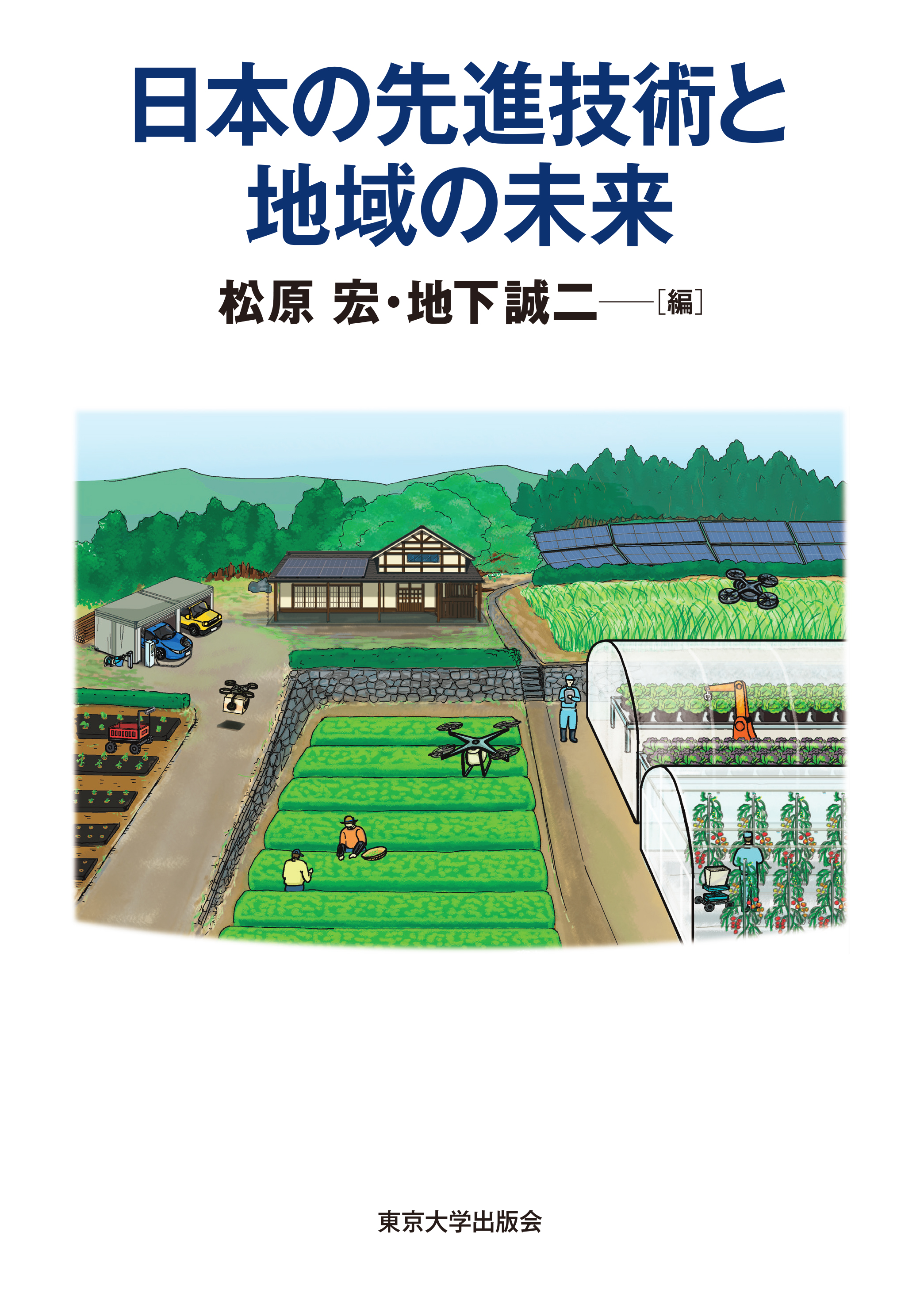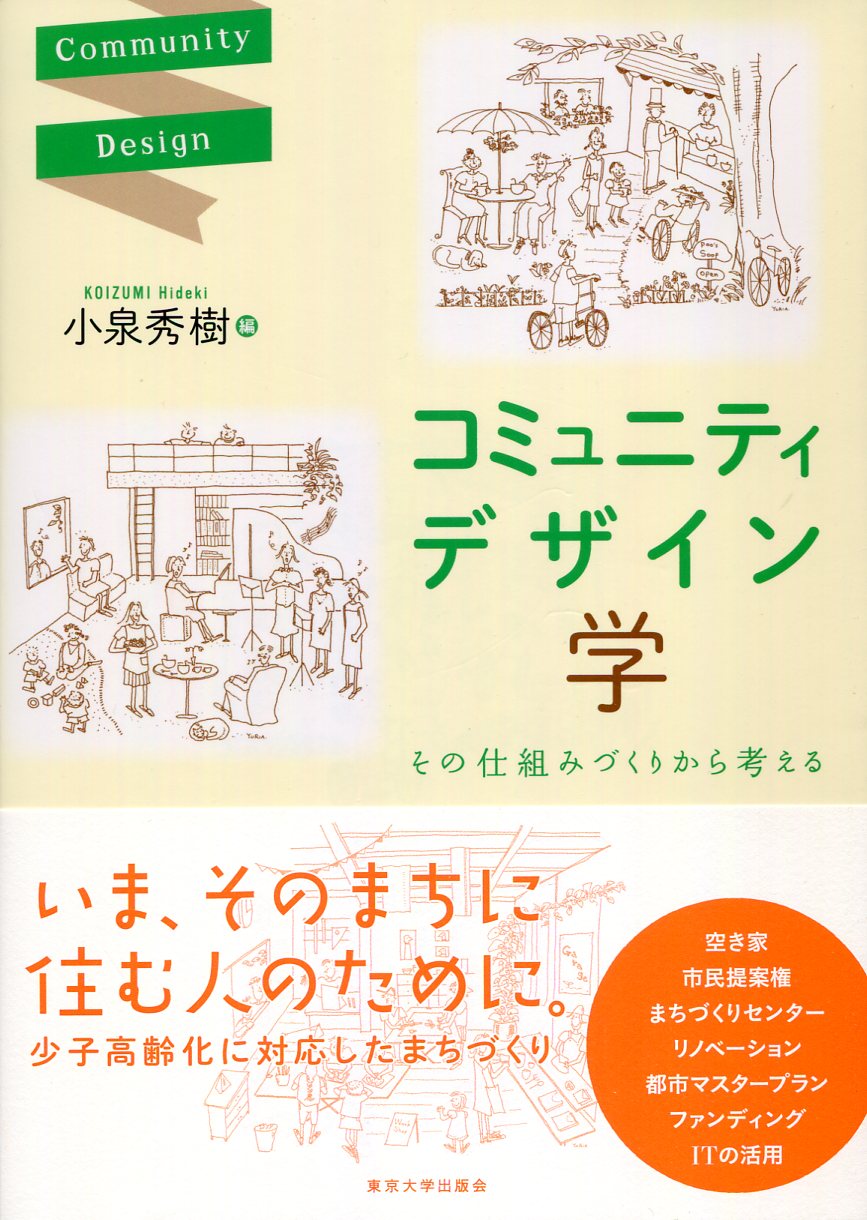
Title
Community Design Gaku (Community Design – A consideration of mechanism building as a starting point)
Size
268 pages, A5 format
Language
Japanese
Released
September 30, 2016
ISBN
978-4-13-061133-6
Published by
University of Tokyo Press
Book Info
See Book Availability at Library
Japanese Page
The advancement of an aging society with a declining birthrate is raising many new issues in community design. These issues include, but are not limited to, the establishment of an integrated community care system, careful and attentive deployment of childcare support and educational services, cultivation and cooperation with civil society organizations as providers of said services, reconsideration of the spatial allocation of various facilities that may operate as the center of activities for the elderly or young families, reevaluation of community transportation systems, and the development of a local-level decision-making mechanism to handle this series of related issues.
Furthermore, the issue of an aging population and declining birthrate increases social security costs, and the financial constraints of the national and local governments are notably increasing. Under such circumstances, we can expect that the public realm of community will play an increasingly significant role on the main stage of elderly and parenting activities.
With these issues in mind, this book organizes community design which present-day society demands as having three components: 1) designing communities as a social relationship, 2) designing places that support those relationships, and 3) designing social system and mechanism that support those relationships and places. Additionally, the content has been organized in a logical manner which argues that these components as a whole should be considered as the technical, methodological, and institutional approach to community design.
Based on this, the attention and focus would be directed at the last component—“social system and mechanism”—in particular and take a comprehensive look at, grasp, and organize the pioneering endeavors in community design in contemporary Japan, and present the current advances and issues. Specifically, the following are discussed:
The main theme for Part I is community design by local residents. In Chapter 1, Community Design Centers are covered as the apparatuses for comprehensive support, and their possibilities and issues are discussed as to how they relate to empowerment. Chapter 2 discusses community design by residents and the construction of a mechanism that financially supports community development through a “Citizen’s Fund”, which commercializes the proposals of the residents and citizens and acts as the point of engagement for these proposals. Chapter 3 discusses machizukuri (community design) ordinances from the perspective of implementing residents’ and citizens’ right to submit proposals and the creation of structural support in such plan formations.
Part II of the book covers the institutions and mechanisms that promote community design through collaboration. Chapter 4 discusses the possibility of promoting and reestablishing local residents’ autonomy through a Local Residents’ Autonomous Community Building System. Chapter 5 covers the collaborative community design system and discusses the issues concerning the collaboration among NPOs, government and private corporations. Chapter 6 discusses the system that promotes the reorganization of the living environment by utilizing private space from the viewpoint of the spatialization of publicness. Furthermore, in Chapter 7, community revitalization through the relocation and renovation of public facilities is examined, and measures directed toward the development of community management is envisioned.
Part III covers how each of these social mechanisms is intended to coordinate and combine with one another, and how social structures can connect with one other. Chapter 8 presents the current issues concerning the Urban Master Plan while discussing how to evolve it into a spatial strategy as a means for a collaborative framework. Chapter 9 discusses ICT as a communication tool.
(Written by KOIZUMI Hideki, Professor, School of Engineering / 2019)



 Find a book
Find a book


